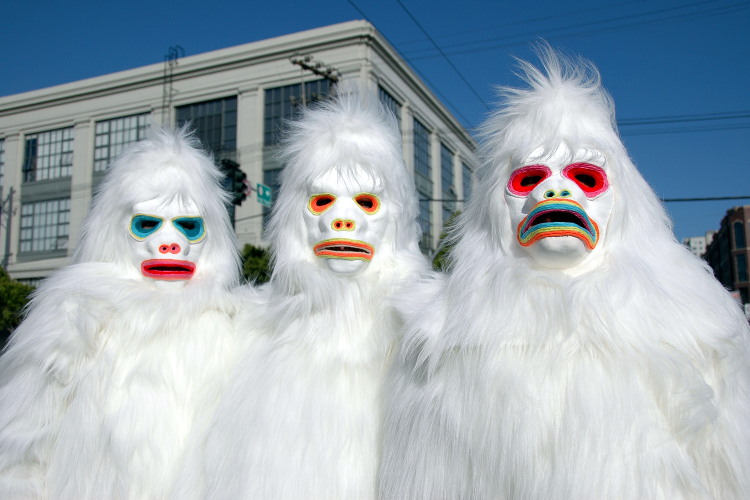
Despite numerous expeditions to track down this elusive creature, evidence for the abominable snowman – the name given to the beast by a journalist for the Calcutta Statesman in 1921 – has always been tantalisingly circumstantial: photographed footprints; strange hairs caught on tree branches; folk stories told by Sherpa yak herders. Even genetic tests on alleged yeti body parts preserved by monks in remote Himalayan monasteries have so far failed to provide evidence to support the yeti legend.
But science is pushing back the boundaries. In a recent study by geneticist Bryan Sykes from Oxford University, yeti hairs collected from Ladakh and Bhutan were found to contain DNA with remarkable similarities to a prehistoric polar bear that became extinct 40,000 years ago. So is the yeti a giant prehistoric bear? Head to the right valleys in the Himalaya and you might be the one to find out.
To help you on your way, here is Lonely Planet’s guide for would-be yeti spotters.
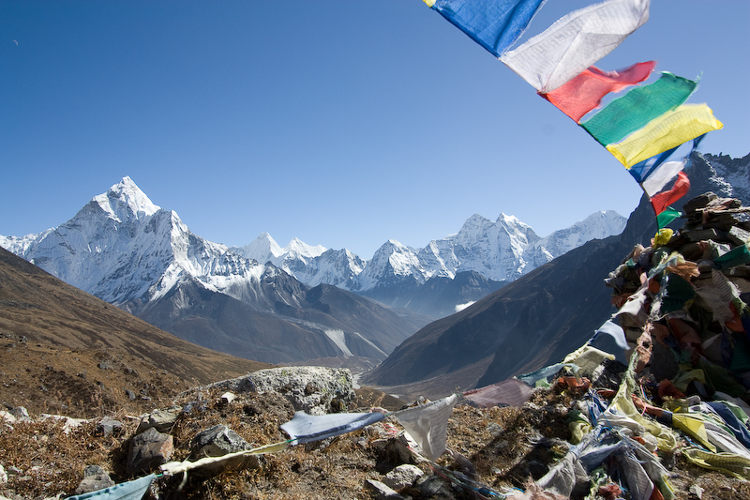
Nepal is where most of the high profile yeti encounters have taken place, thanks mainly to the presence of large numbers of intrepid mountaineers, roaming far beyond regions of human habitation on the approach route to Mount Everest. Perhaps the most famous encounter of all came in 1951, when British mountaineer Eric Shipton snapped his now-legendary photographs of yeti footprints on a reconnaissance trek through the Rolwaling Himal.
If you can’t stretch to a full Everest expedition (average price US$48,000), set your sights a little lower on the Buddhist monastery of Tengboche in Solukhumbu, where older monks tell tales of a ferocious yeti attack on the monastery yaks in the years before trekkers came to Nepal. As the most important place of worship for the Sherpas of Solukhumbu, Tengboche is the ideal place to start the search for a beast that is largely known from Sherpa legends.
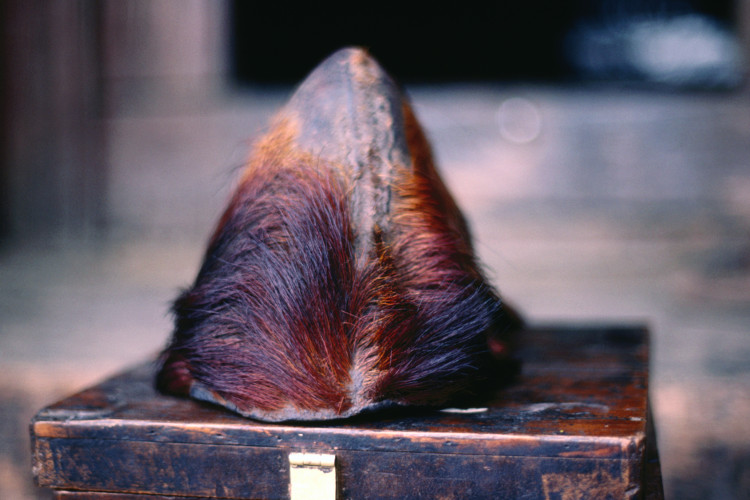
A similarly gruesome yeti attack is said to have taken place in 1974 in the village of Machhermo, several days northwest of Tengboche on the trekking route to Gokyo, where a local woman numbered amongst the victims. On the trek to Machhermo, you can detour to the monastery at Khumjung, on the plateau above Namche Bazaar, where what is said to be the scalp of a yeti is kept as a sacred relic in a locked box, following high profile thefts of yeti relics from other monasteries.
Alternatively, you could head northeast from Tengboche through glorious rhododendron forests to Pangboche, where famous relics of a yeti hand and skull were stored until 1991, when they were stolen and allegedly passed to a wealthy anonymous collector. In fact, parts of the relic were stolen some years earlier, when Peter Byrne, a member of the 1957 Slick Expedition to Everest, swapped bones from the yeti hand for human bones, and smuggled the original bones back to England for analysis in a convoluted plot involving the actor Jimmy Stewart. The test results were inconclusive.

Tibet is the ultimate source of all yeti legends, which were transmitted across the Himalaya by wandering Buddhist monks. Ancient Tibetan Buddhist manuscripts tell of a shaggy beast that roams the high passes of the Himalaya, slaughtering livestock, walking upright like a man and making a fearsome whistling sound. Known variously as yeti (‘man-like animal’), metoh-kangmi (‘foul-smelling snowman’) or chemo (‘big bear’), this elusive monster is almost universally accepted as a real creature by mountain communities in Tibet.
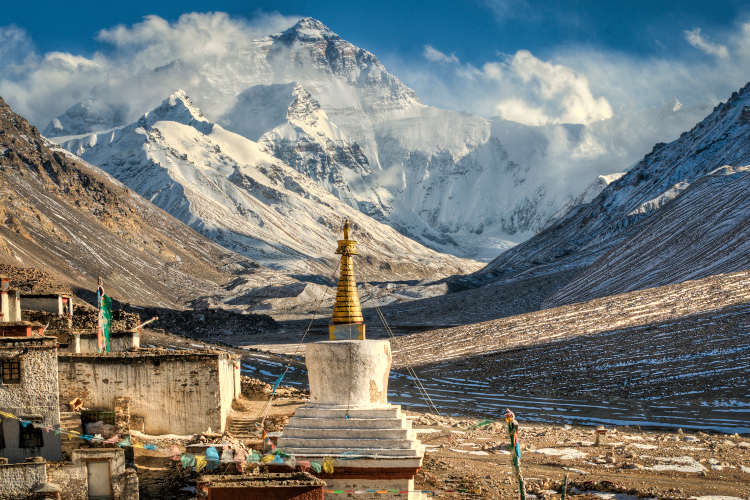
The mountaineer Reinhold Messner – not the most likely person to fabricate stories of supernatural encounters – had his own face-off with a yeti while trekking alone on a Sherpa trail from Dege to Lhasa in 1986. This fleeting encounter with a shaggy creature that stood upright and made a terrifying whistling noise inspired a 12-year quest to uncover the truth about the yeti, recorded in his book My Quest for the Yeti. After more than a decade of searching, Messner concluded that the yeti was some hitherto unknown species of bear, transformed into a supernatural being in local myths and legends.
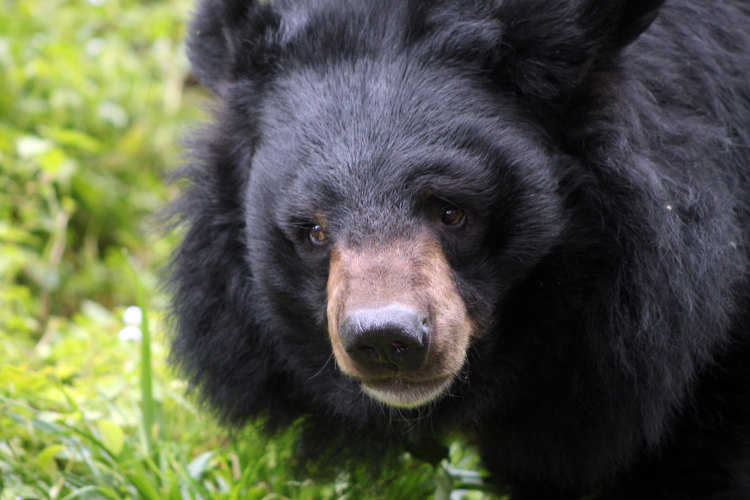
Even the Nazis took an interest in the yeti, backing a scientific expedition to Tibet by the zoologist Ernst Schäfer in 1939 in the misguided hope that the yeti might prove to be the origin of the Aryan race. Encounters are still being reported. Russian scientist Professor Arkady Tishkov recorded a yeti sighting in 1991 while on a glaciological survey mission on the slopes of Mount Shishapangma on the Nepal-Tibet border. For your own Tibetan encounter, try your luck on the Tibetan flank of Everest or the remote valleys of Kham on the border with Sichuan in China.
Bhutan has the unusual distinction of being the only country with a national park dedicated to the preservation of the yeti, known locally as migoi or migyur (‘wild man’), and one of the two yeti hair samples used in the Sykes study was collected in this region. Sakteng Wildlife Sanctuary, a remote 740-square-mile sanctuary in the east of the country, is home to many endangered species, including red pandas, snow leopards and tigers, so there’s plenty to watch out for, even if the migoi fails to put in an appearance. According to an official report from park wardens, migoi were also spotted in Thrumshingla National Park in central Bhutan in 2012.
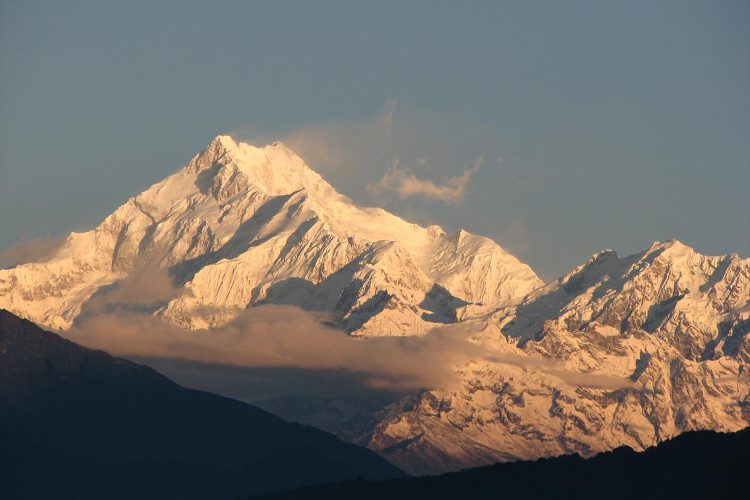
Like its Himalayan neighbours, India has its share of yeti legends. Mountaineer Peter Bryne, who colluded in the theft of bones from the Pangboche yeti hand, found yeti footprints in Sikkim in 1948. Other encounters are even older. In the first century AD, Roman traveller Pliny the Elder wrote of a man-like creature that walks on two legs in the mountains of India. Then there is B.H. Hodgeson’s encounter with a mysterious ‘mountain ape’ in Bengal in 1832, which kicked off the whole Western love affair with the yeti. Start your own quest in the mountains of Ladakh, where the second hair sample that identified the yeti as a prehistoric bear was collected by a French hunter in the 1970s.